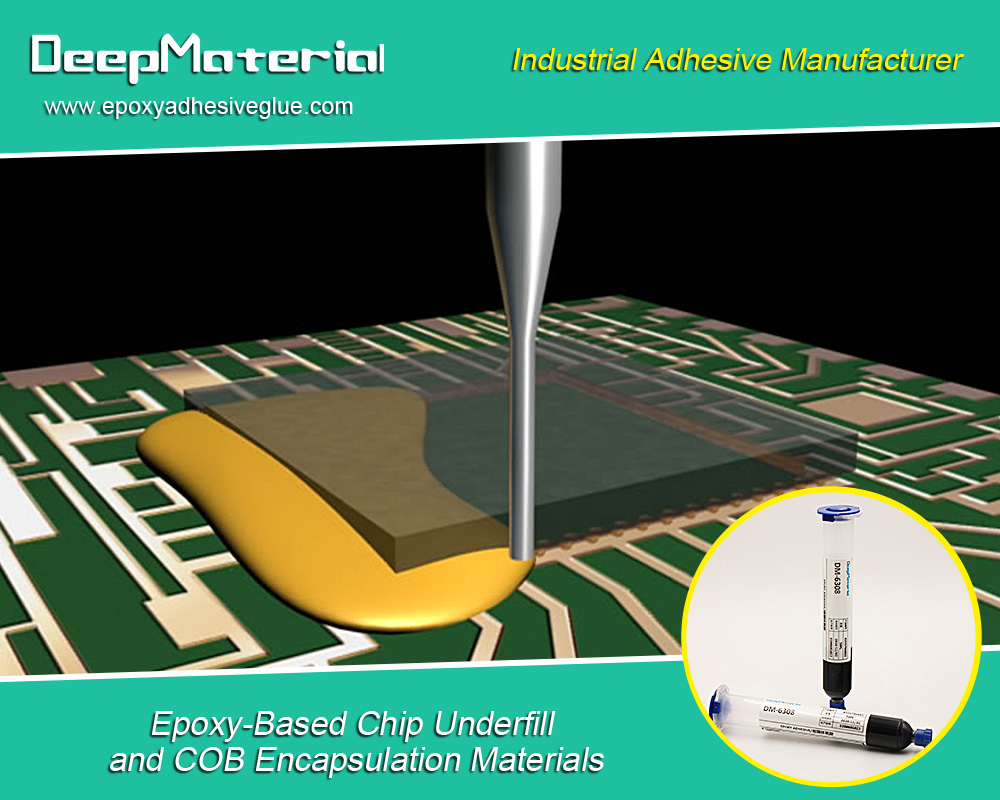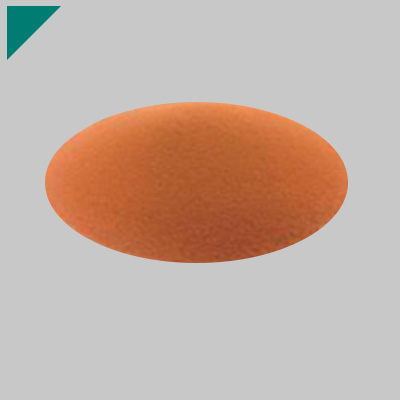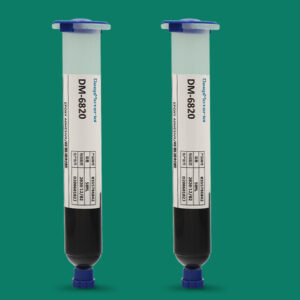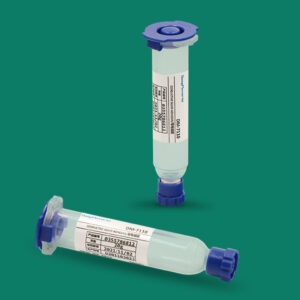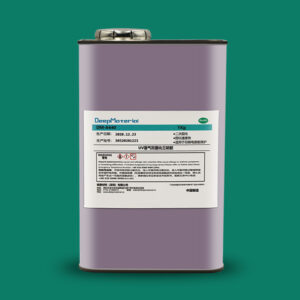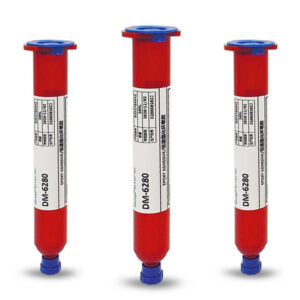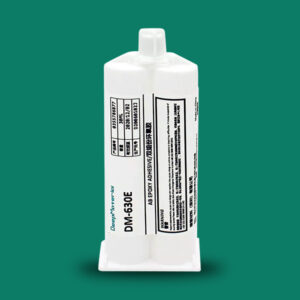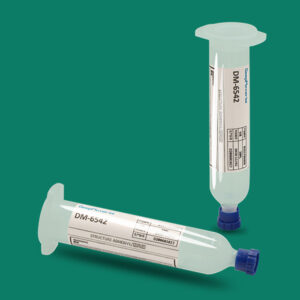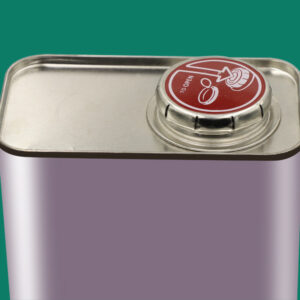The Impact of Temperature on UV Cure Adhesive for Plastic Bonding Efficiency
The Impact of Temperature on UV Cure Adhesive for Plastic Bonding Efficiency
UV cure adhesive is frequently chosen for bonding plastics due to its rapid curing time and robust bond strength. Nonetheless, an often-underestimated factor that is vital to the efficiency of adhesive bonding is temperature. Temperature can dramatically influence both the curing process and the bond’s durability.
This article delves into how temperature interacts with UV cure adhesive bonding and underscores the significance of managing temperature to optimize bonding efficiency.
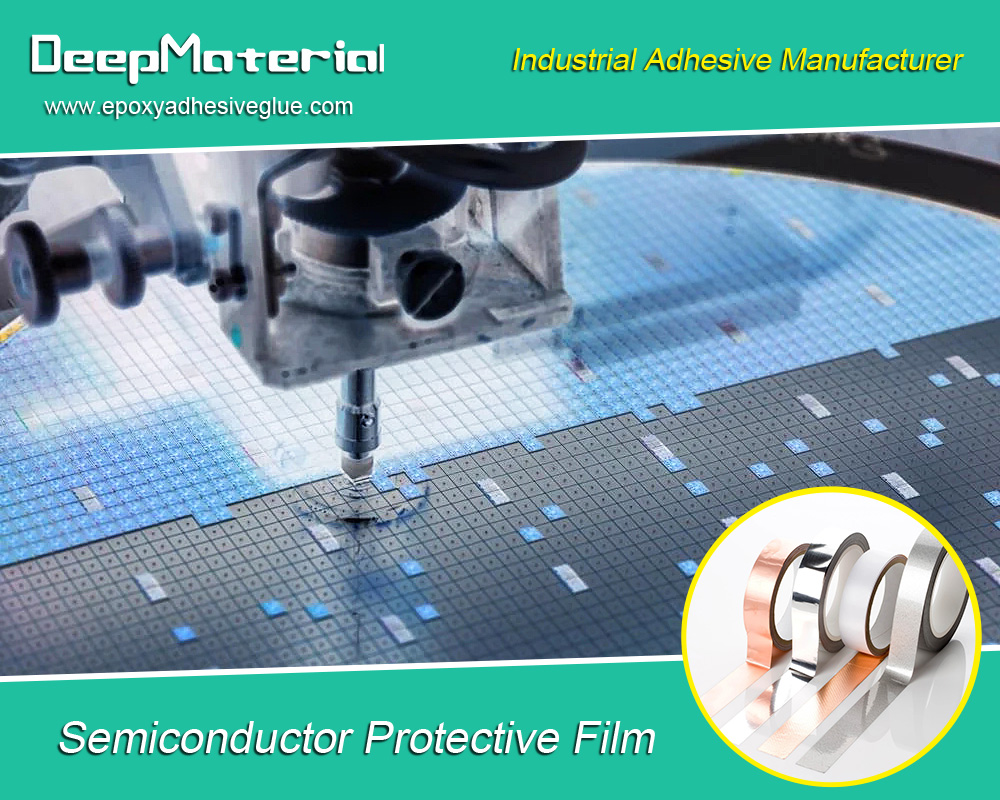
Understanding the Role of Temperature in UV Cure Adhesive Bonding
Temperature is pivotal in the curing mechanism of UV cure adhesive. Upon UV light exposure, the adhesive initiates a chemical transformation from a liquid to a solid state. This reaction’s pace is greatly influenced by the ambient temperature. Elevated temperatures tend to hasten the curing, whereas cooler temperatures decelerate it.
Moreover, temperature directly affects the bond strength achieved by UV cure adhesive. Achieving the adhesive’s curing at an ideal temperature ensures the formation of strong molecular connections with the substrate, leading to a bond that is both sturdy and dependable. Conversely, if the curing environment is too hot or too cold, it might weaken the bond, raising the risk of bond failure.
Factors Affecting UV Cure Adhesive Bonding Efficiency
While temperature significantly impacts the efficiency of UV cure adhesive bonding, several other factors also play a crucial role in the overall bonding performance. These include surface cleanliness, the type of substrate material, and the specific formulation of the adhesive. Recognizing how temperature interacts with these factors is essential for achieving the best bonding outcomes.
Surface cleanliness, for instance, is paramount for optimal adhesion. Contaminants on the substrate’s surface can disrupt the adhesive’s ability to form a strong bond. Temperature can influence the effectiveness of surface preparation methods in removing these contaminants, thereby affecting the bond’s strength.
Moreover, the thermal properties of different substrate materials can vary greatly, influencing how they react with UV cure adhesive under varying temperatures. Some materials may expand or contract more than others when exposed to temperature changes, inducing stress on the adhesive bond that could result in bond failure. Understanding these material-specific interactions with temperature is vital for ensuring a successful and durable adhesive bond.
The Relationship Between Temperature and Bond Strength
Temperature directly influences the bond strength achieved by UV cure adhesive. Achieving curing at the ideal temperature enables the adhesive to reach its highest bond strength, due to a more effective curing process that fosters robust molecular bonds with the substrate.
Conversely, suboptimal temperatures can weaken the bond. Excessively high temperatures may accelerate the curing too much, preventing the adhesive from forming a strong bond. Meanwhile, low temperatures can slow the curing to the point of incompleteness, diminishing the bond strength.
Identifying the perfect temperature range for the specific UV cure adhesive and substrate involved is crucial for optimizing bond strength. This necessitates thorough testing and experimentation, considering the adhesive’s formulation and the substrate’s thermal characteristics to ensure the adhesive performs optimally under the intended conditions.
Impact of High Temperature on UV Cure Adhesive Bonding
Effective temperature management is pivotal for the successful bonding with UV cure adhesives, yet high temperatures introduce certain risks and challenges. Excessive heat can accelerate the adhesive’s curing process too rapidly, compromising bond strength. Additionally, high temperatures might lead to thermal degradation of the adhesive, diminishing its performance capabilities.
The substrate material can also be adversely affected by high temperatures. Certain plastics, for example, may soften or warp under excessive heat, undermining their structural integrity and, consequently, the effectiveness of the bond. These potential impacts necessitate careful consideration when utilizing UV cure adhesive in environments subject to high temperatures.
To mitigate these concerns, monitoring and controlling temperature during the adhesive bonding process is essential. Employing temperature-regulated curing chambers or cooling systems can help maintain the adhesive and substrate within an optimal temperature range, ensuring the integrity and effectiveness of the bond.
Impact of Low Temperature on UV Cure Adhesive Bonding
Conversely, low temperatures pose their own set of challenges for UV cure adhesive bonding. Cold conditions can decelerate the curing process, potentially leading to incomplete curing and a resultant decrease in bond strength. Furthermore, low temperatures can increase the adhesive’s viscosity, complicating its application and uniform distribution.
Substrate materials may also be negatively impacted by cold temperatures. Certain plastics can become brittle and more susceptible to cracking in cold conditions, jeopardizing the bond’s integrity. Recognizing these potential issues is crucial when working with UV cure adhesive in colder environments.
Addressing these challenges involves ensuring both the adhesive and substrate are at an appropriate temperature prior to bonding. Techniques such as preheating the materials or employing heating systems during the bonding process can facilitate this. Maintaining a consistent temperature throughout the curing process is fundamental to securing a strong and dependable bond.
Effect of Temperature on UV Cure Adhesive Cure Time
Temperature significantly impacts not just the bond strength but also the curing time of UV cure adhesive. Warmer temperatures can speed up the curing process, making the adhesive set quicker. On the flip side, cooler temperatures tend to delay the curing process, extending the time needed for the adhesive to cure fully.
In scenarios where quick assembly or production is key, the curing time of UV cure adhesive becomes a crucial factor. By managing temperature effectively, manufacturers can fine-tune the curing time to suit their specific requirements, boosting productivity and slashing overall production times.
However, it’s vital to remember that increasing the temperature to quicken the curing process has its limits; beyond a certain point, bond strength might be adversely affected. Thus, identifying an optimal temperature range that balances curing time with bond strength, tailored to the specific adhesive and substrate material, is paramount.
Importance of Temperature Control in UV Cure Adhesive Bonding
Achieving the best possible bonding efficiency with UV cure adhesive necessitates precise temperature control. Lack of temperature management can result in inconsistent outcomes, weakened bond strength, and possible bond failure. Implementing effective temperature regulation strategies is key to ensuring bonds are reliable and durable.
One major reason temperature control holds such importance is its influence on the adhesive’s curing process. Keeping the temperature within an ideal range ensures the adhesive cures properly, fostering strong molecular connections with the substrate. This is crucial for maximizing the strength of the bond and the overall performance of the adhesive bonding.
Additionally, temperature control plays a critical role in maintaining consistency in adhesive bonding. Temperature fluctuations can cause inconsistent bond strengths, which poses challenges in applications demanding high uniformity. Through precise temperature management, manufacturers can achieve uniform and dependable bonding results, enhancing the quality and reliability of the adhesive bonds.
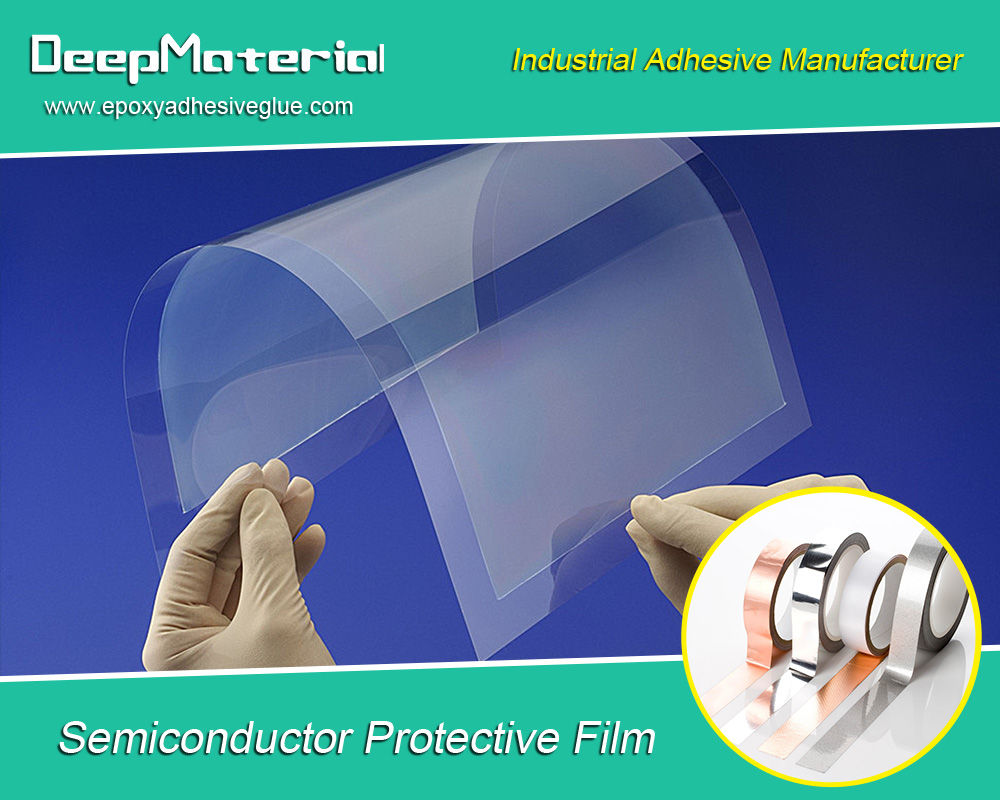
Final Words
Temperature is a key factor in the efficiency of UV cure adhesive bonding, impacting the curing speed, bond strength, and adhesive performance. High temperatures may speed up curing but risk thermal degradation and substrate damage, while low temperatures can delay curing and complicate adhesive application. Accurate temperature control is vital for minimizing these risks and ensuring strong, dependable bonds.
Implementing best practices for temperature management, like knowing the properties of materials, using temperature control tools, and ensuring thorough training, can enhance bonding efficiency and lead to consistent, reliable outcomes. Proper temperature management is essential for effective UV cure adhesive bonding.
For more about choosing the Impact of Temperature on UV Cure Adhesive for Plastic Bonding Efficiency, you can pay a visit to DeepMaterial at https://www.epoxyadhesiveglue.com/category/epoxy-adhesives-glue/ for more info.


